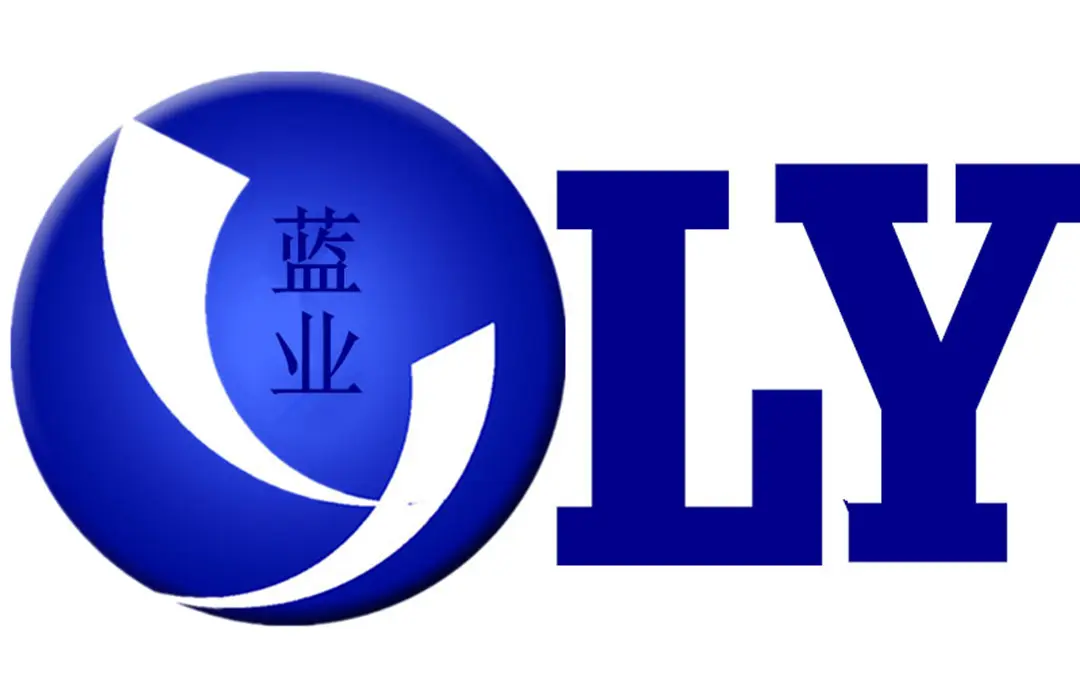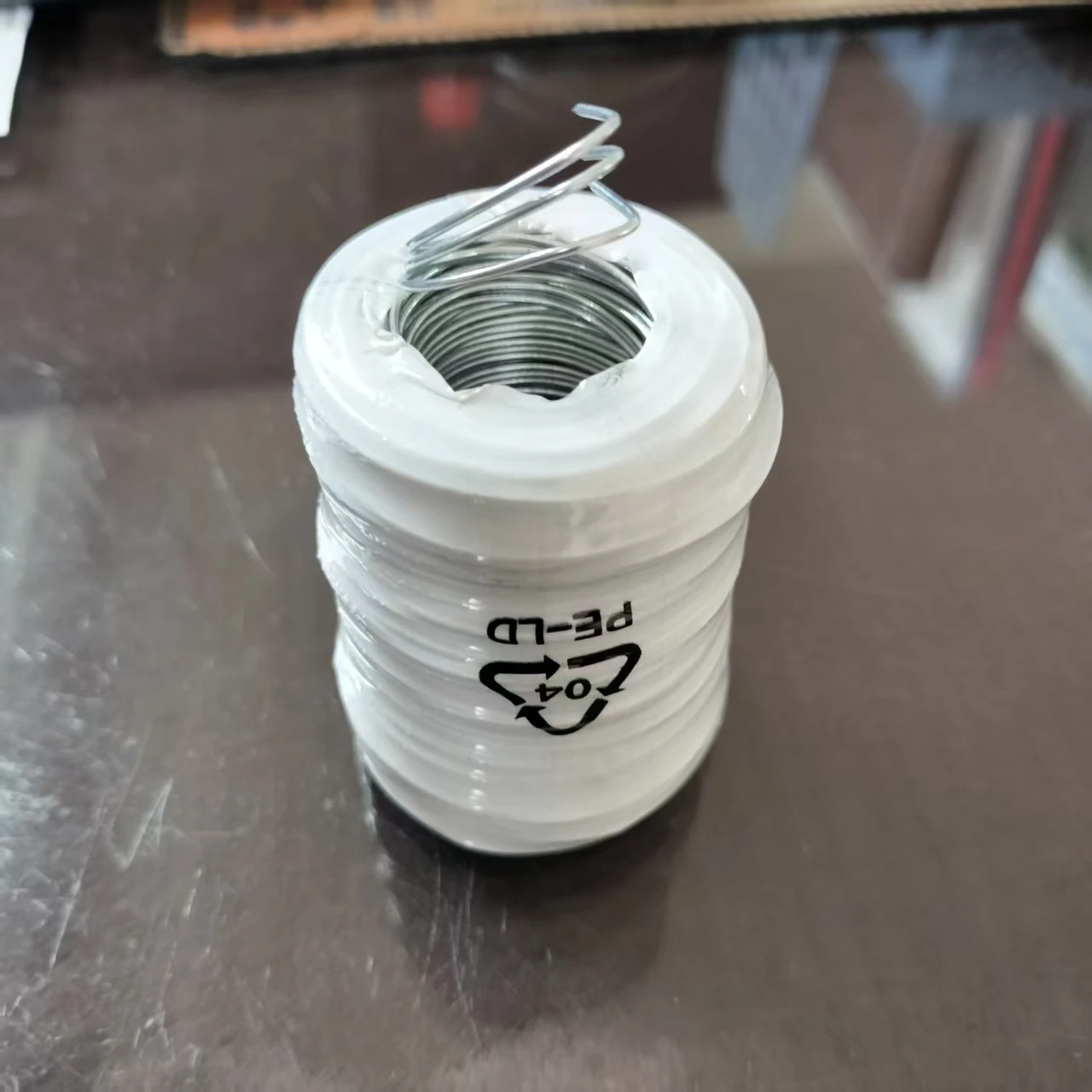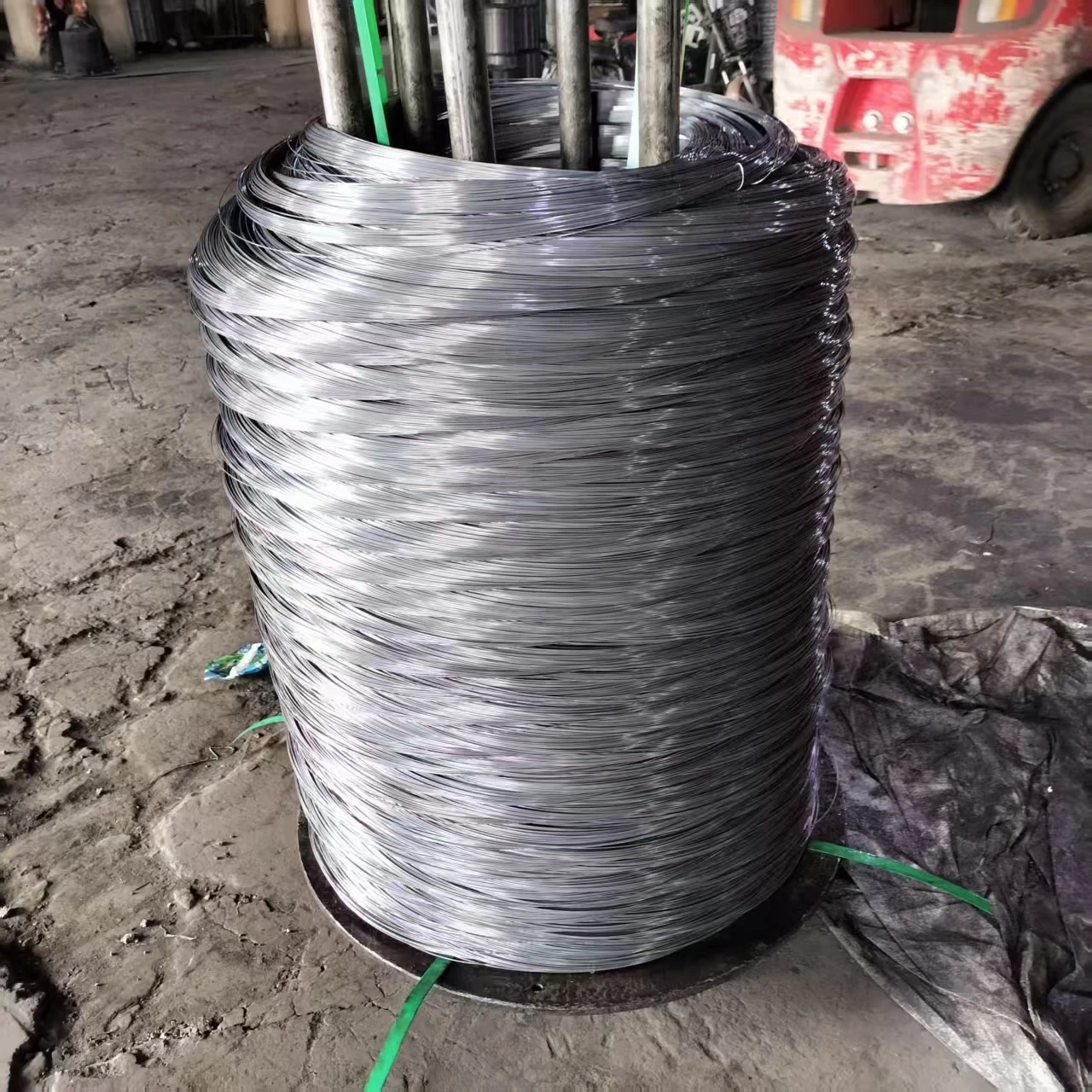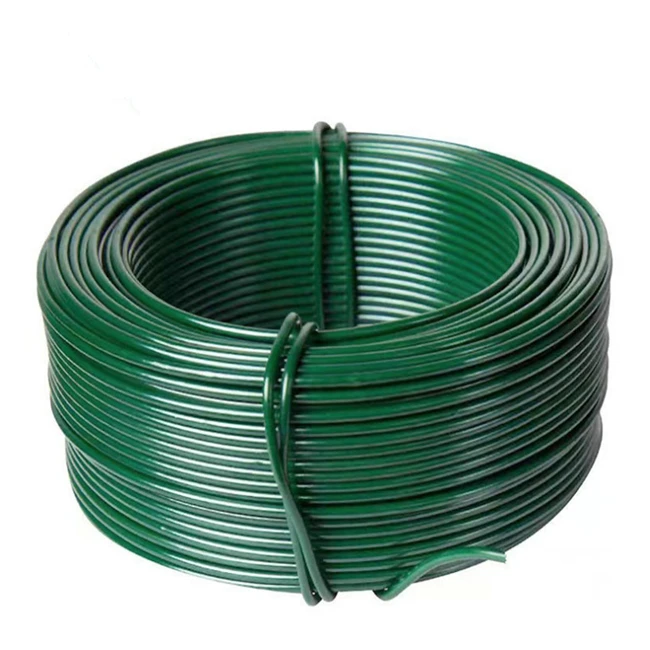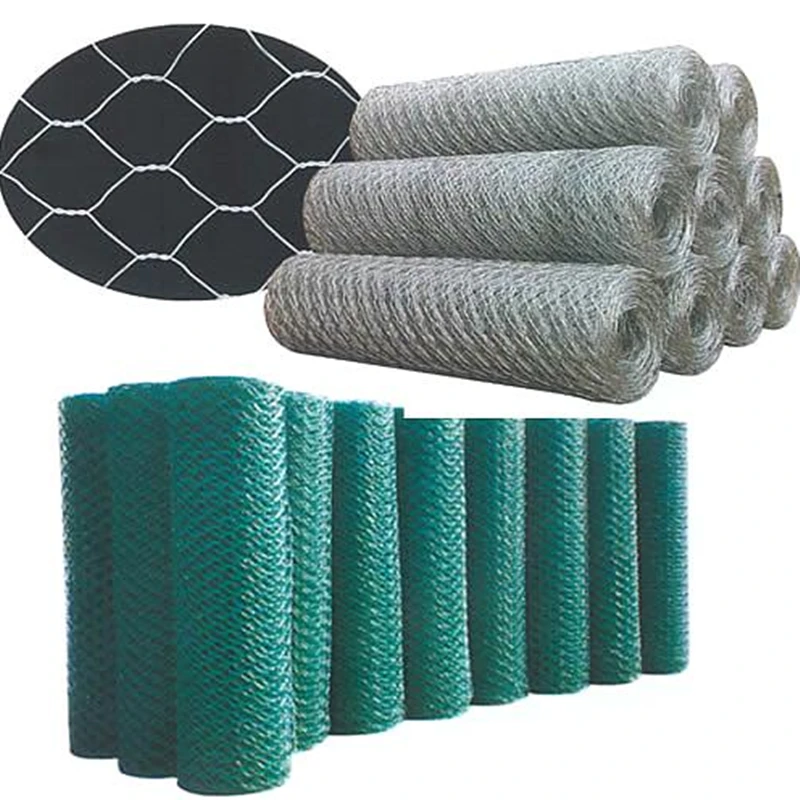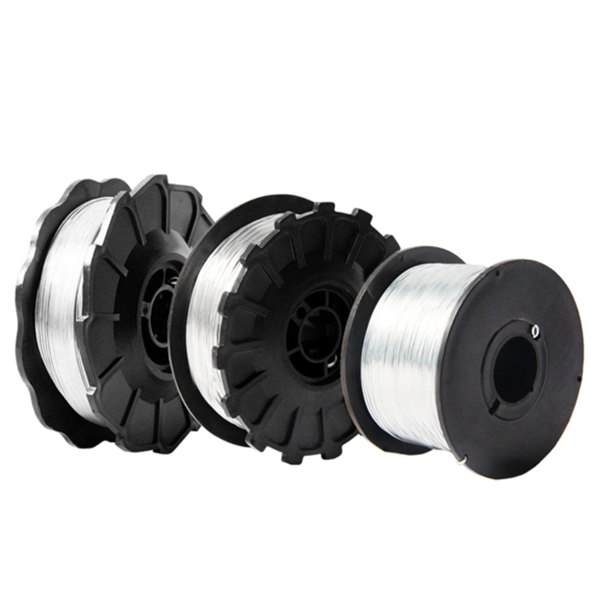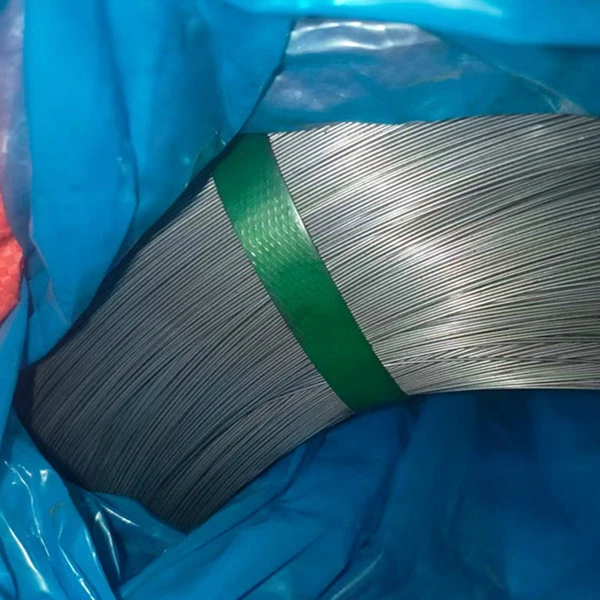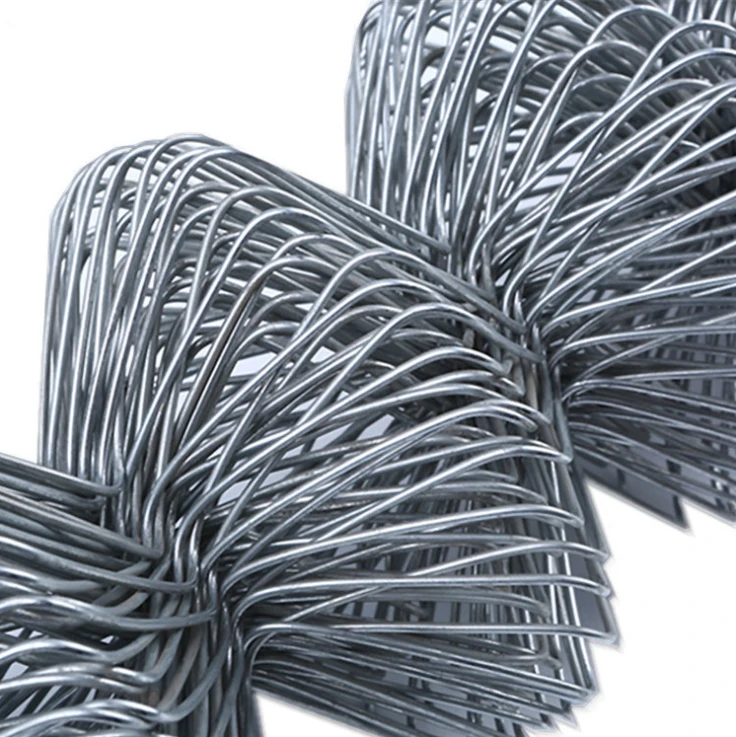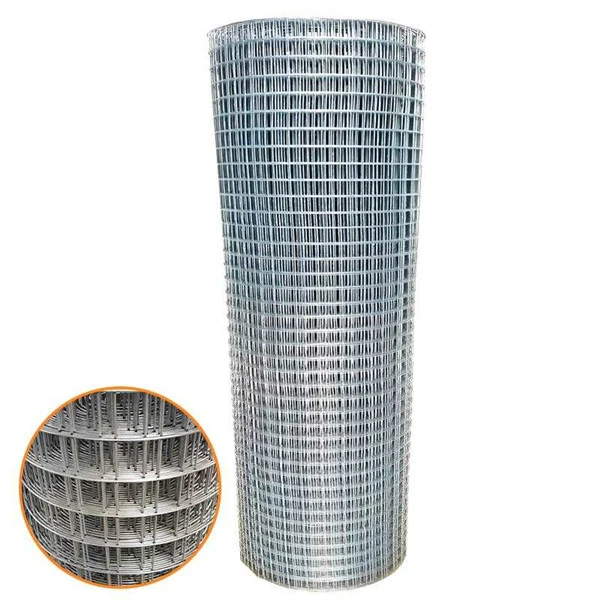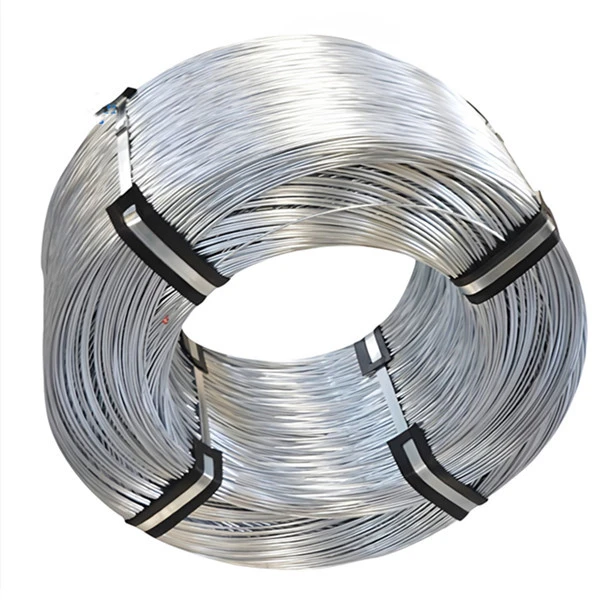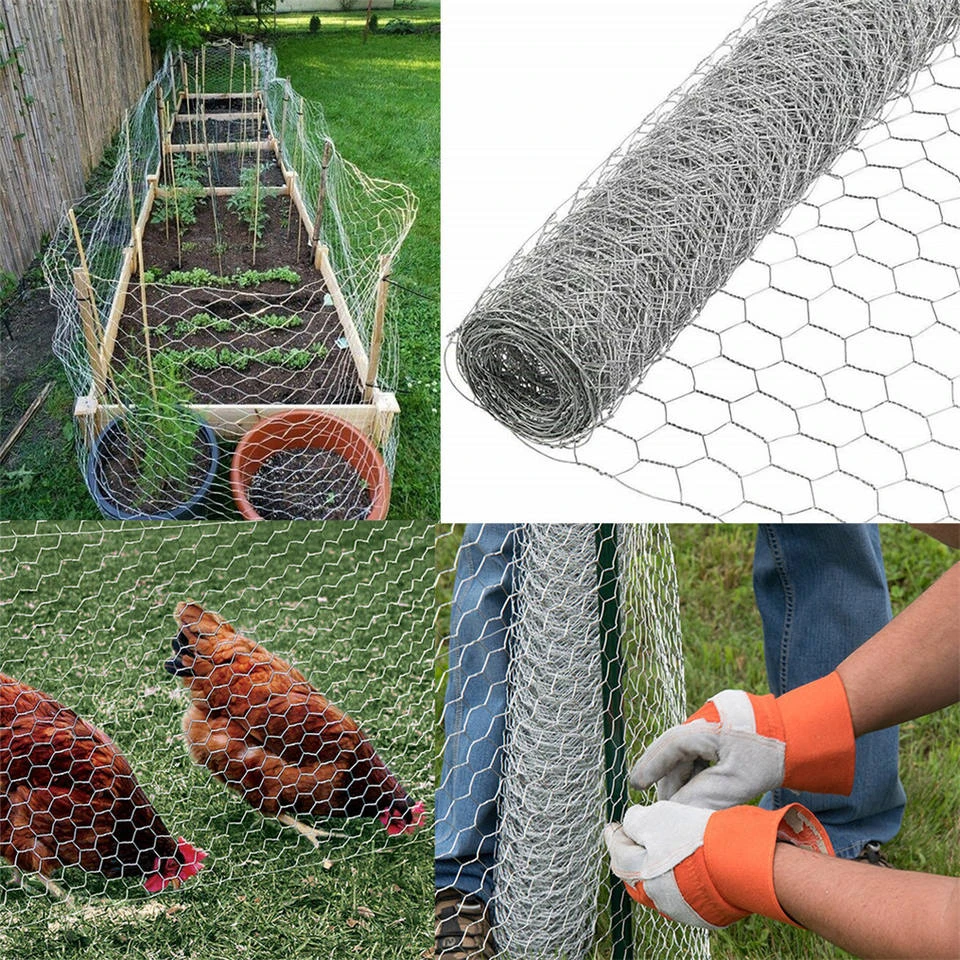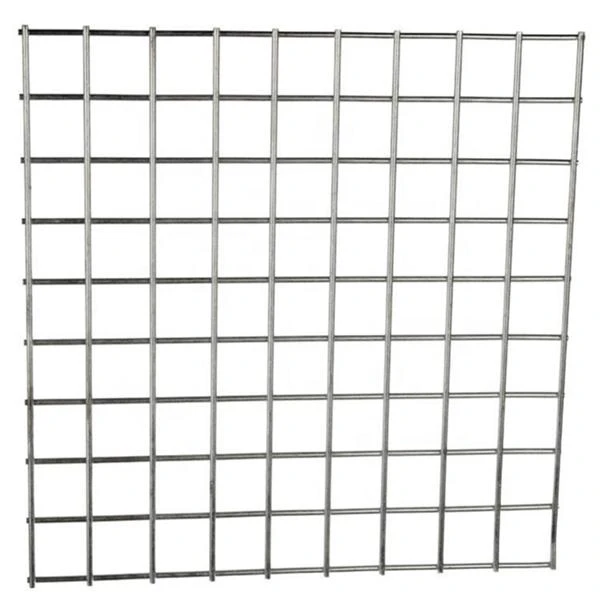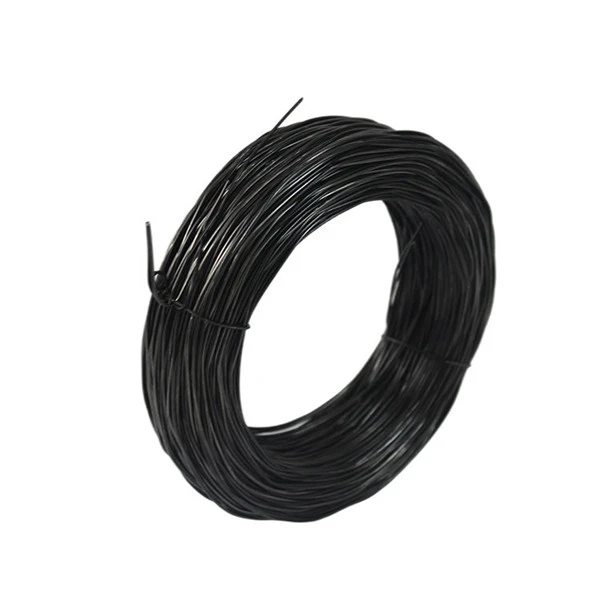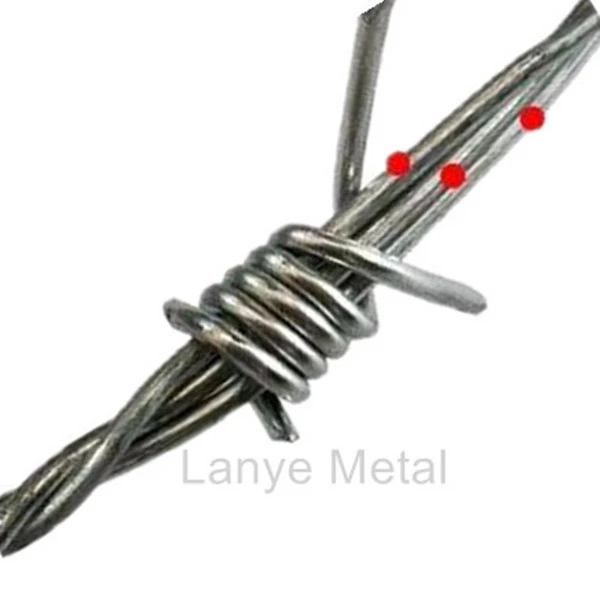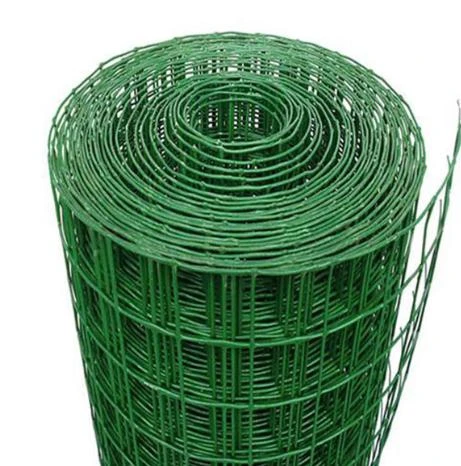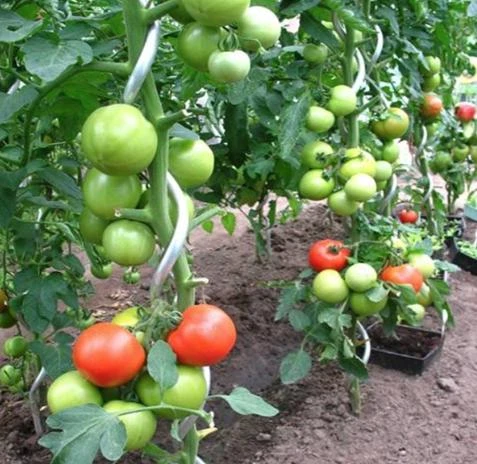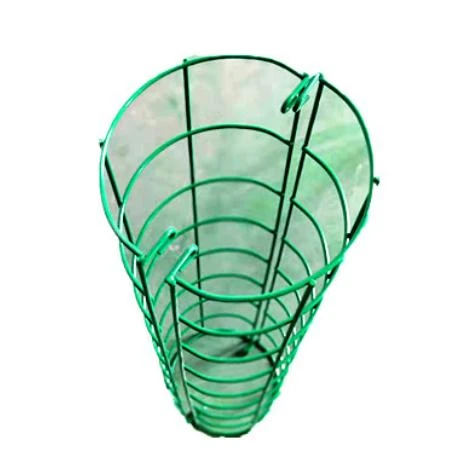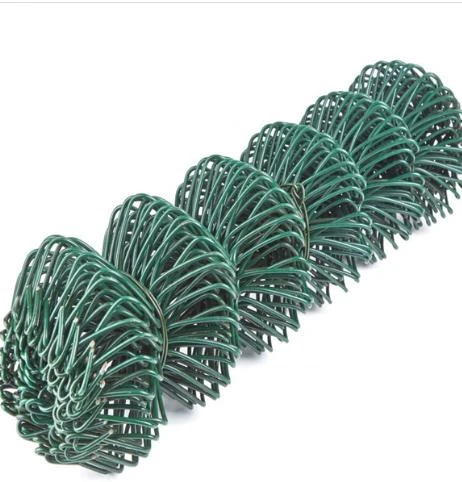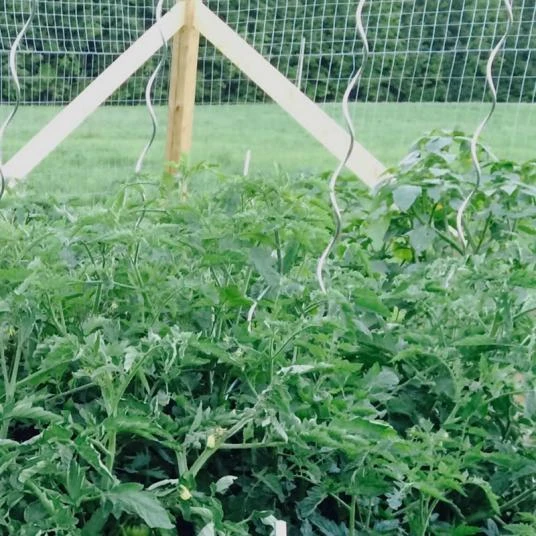The Enduring Strength of chain link fence in Modern Infrastructure
In the realm of perimeter security and demarcation, the chain link fence stands as a testament to enduring functionality and adaptability. Far beyond its ubiquitous presence, this fencing solution, also known as chain mesh fence or cyclone fence, has evolved significantly to meet the stringent demands of modern industrial and commercial landscapes. Current industry trends point towards enhanced material durability, advanced coating technologies, and greater customization capabilities, ensuring that these fences offer not just security but also longevity and aesthetic integration. The shift from basic galvanized options to sophisticated PVC coated fence supplier offerings, for instance, highlights a commitment to providing solutions that withstand harsh environmental conditions while minimizing maintenance requirements. This evolution positions the chain wire fencing as a cornerstone for reliable boundary control across diverse sectors.
Technological advancements in wire weaving and surface treatment have elevated the performance metrics, allowing for applications ranging from high-security enclosures to agricultural wire fence rolls. Understanding the technical intricacies, material science, and precise manufacturing processes behind a high-quality chain link fence is paramount for B2B decision-makers. This article delves into these aspects, providing a comprehensive overview that transcends basic product descriptions, offering insights into its manufacturing excellence, diverse applications, and inherent advantages in demanding environments.
Precision Engineering: The Manufacturing Journey of a Chain Link Fence
The production of a high-performance chain link fence, or chain link wire mesh, is a meticulous process, beginning with the selection of premium raw materials. Typically, high-quality steel wire, either galvanized or ungalvanized, forms the base. For enhanced durability and specific aesthetic requirements, this can be further processed into pvc coated wire mesh. The core manufacturing involves several critical stages: wire drawing, weaving, and surface treatment. Wire drawing ensures the precise diameter and tensile strength required for the final product. The weaving process, often executed using sophisticated CNC-controlled machinery, creates the distinctive diamond pattern, ensuring uniform mesh size and consistent tension across the entire fence roll. This precision is vital for the structural integrity and security performance of the wire mesh fence.
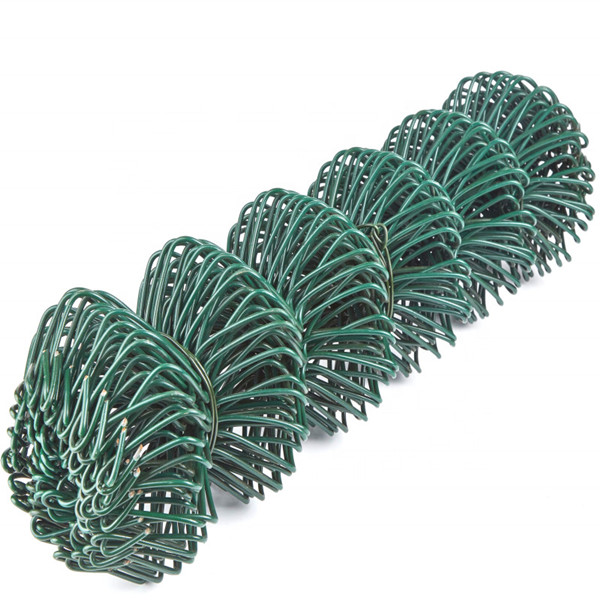
Figure 1: High-quality galvanized chain link fence offering robust perimeter security.
Post-weaving, surface treatment is applied. Hot-dip galvanization is a common method, providing a sacrificial zinc layer that protects the steel from corrosion, significantly extending the fence's service life, often beyond 20 years in typical environments. For aggressive conditions or aesthetic preferences, PVC coating is applied over the galvanized wire, resulting in a chain link pvc fence that offers superior corrosion resistance and a variety of color options. Each batch undergoes rigorous testing, adhering to international standards such as ISO 9001 for quality management and ASTM F668 for general requirements of woven wire fences. These inspection standards ensure that the final product, whether a standard wire fence or specialized metal mesh, meets stringent performance benchmarks for tensile strength, coating adhesion, and dimensional accuracy, making it suitable for demanding applications in petrochemical, metallurgy, and water supply industries where durability and anti-corrosion properties are paramount.
Technical Parameters and Performance Benchmarks
Understanding the technical specifications of a cyclone wire or wire netting fence is crucial for optimal project integration. Key parameters include wire gauge (diameter), mesh size, material composition, and coating type. These factors directly influence the fence's strength, security level, and lifespan. For instance, a smaller wire gauge (larger diameter) signifies a thicker, stronger wire, while a smaller mesh opening enhances security by preventing climbing or the passage of small objects. The choice between galvanized and PVC-coated options profoundly impacts corrosion resistance, with PVC providing an additional protective barrier against chemicals, UV radiation, and moisture.
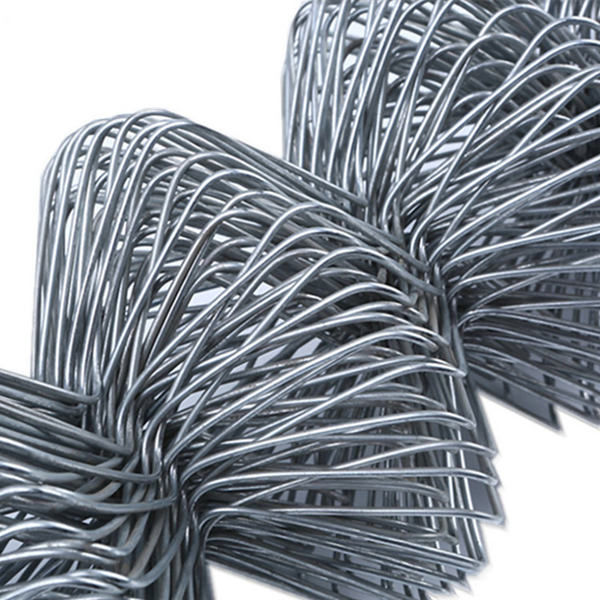
Figure 2: Cyclone wire mesh being installed, showcasing its flexibility and adaptability.
Below is a typical parameter table for common chain link fence configurations, highlighting the range of specifications available for different application needs. These specifications are critical for engineers and procurement specialists to ensure the selected fence meets the project's exact security, environmental, and longevity requirements.
| Parameter | Description / Range | Typical Values | Industry Standard |
|---|---|---|---|
| Wire Gauge (SWG) | Steel Wire Gauge (smaller number = thicker wire) | 6 SWG (4.88mm) to 12.5 SWG (2.49mm) | ASTM A641/A817 |
| Mesh Size (Diamond) | Distance between parallel wires in the diamond pattern | 25mm, 40mm, 50mm, 60mm, 75mm (1" to 3") | ASTM F668 |
| Height | Overall height of the fence roll/panel | 0.9m to 6.0m (3 ft to 20 ft) | User-defined / Project Specific |
| Coating Type | Protective layer against corrosion | Hot-Dip Galvanized, Electro-Galvanized, PVC Coated | ASTM A123, ASTM F668 |
| Tensile Strength | Resistance to breaking under tension | Typically 340-550 MPa (50-80 ksi) | ASTM A641/A817 |
| Lifespan | Expected durability in typical conditions | Galvanized: 15-20 years; PVC Coated: 20+ years | Estimated, based on coating & environment |
The robust nature of metal netting mesh and wire mesh, particularly when subjected to rigorous quality control, makes them ideal for demanding environments. For instance, pvc coated hardware mesh is frequently employed in areas prone to chemical exposure or marine climates, where its enhanced anti-corrosion properties ensure a longer operational life and reduced replacement costs, contributing to overall project efficiency and sustainability.
Diverse Application Scenarios and Technical Advantages
The versatility of the chain link fence translates into an extensive range of application scenarios across various industries. In the industrial sector, it serves as a fundamental component for perimeter security, safeguarding factories, power plants, and chemical facilities. Its open mesh design provides clear visibility for surveillance while offering a formidable barrier. For large-scale infrastructure projects, such as highways and railways, it acts as a critical safety barrier, preventing unauthorized access and mitigating wildlife hazards. In commercial settings, a wire fence delineates property lines, secures storage areas, and provides controlled access points.
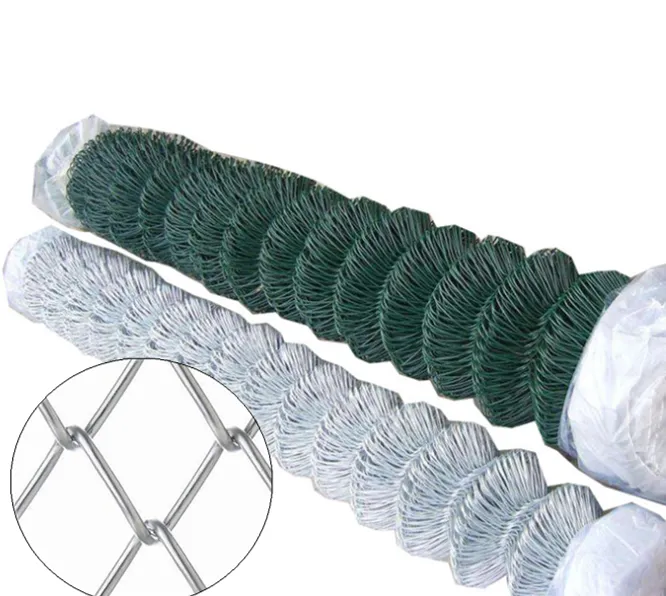
Figure 3: A durable chain link fence provides security for industrial property.
Key technical advantages of employing wire fencing for sale include its inherent corrosion resistance, particularly with galvanized or PVC-coated variants, making it suitable for wet or humid environments, including coastal regions or wastewater treatment plants. Its cost-effectiveness compared to solid barriers, combined with minimal maintenance requirements, results in significant lifecycle savings. Furthermore, its ability to be easily integrated with security enhancements like barbed wire, razor wire, or electronic detection systems enhances its protective capabilities, even for non climb fence applications. The open design allows for excellent wind flow, making it less susceptible to damage in high-wind areas compared to solid fencing. From securing large agricultural lands with robust wire netting fence to providing robust enclosures for sports fields, the chain link fence offers a versatile and economically sound solution, supporting security and operational efficiency.
Tailored Solutions, Manufacturer Insights, and Proven Performance
For specialized applications, customized chain link fence solutions are frequently required. This involves adjusting parameters such as wire gauge, mesh size, height, and coating type to meet precise project specifications. For instance, a high-security facility might opt for a smaller mesh and heavier gauge wire to create a more robust barrier, potentially even a non climb fence variant. Color-matching for architectural integration, often achieved with pvc coated fence, is another common customization. Selecting a reputable manufacturer is paramount, as their expertise in material science, manufacturing precision, and adherence to international standards directly impacts the product's long-term performance and reliability. Manufacturers with extensive service years and a proven track record of successful projects in diverse industries demonstrate their authority and experience in delivering high-quality wire fence rolls.
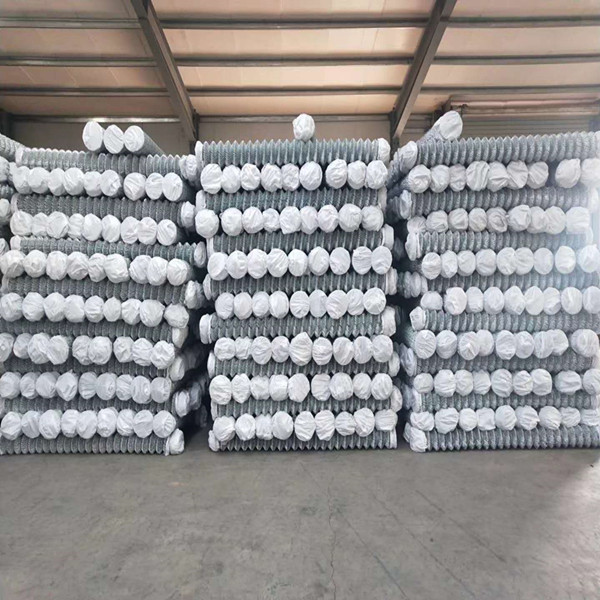
Figure 4: Detailed view of a diamond hole shape galvanized chain link fence, highlighting mesh integrity.
A notable application case involves a major petrochemical plant requiring a comprehensive perimeter security upgrade. Given the corrosive environment and stringent safety protocols, a heavy-gauge, fully PVC-coated cyclone wire fence with a low mesh size was specified. The chosen fence, engineered to ASTM and ISO standards, demonstrated exceptional resistance to chemical exposure and maintained its structural integrity under challenging weather conditions, ensuring uninterrupted site security. This particular installation showcased the fence's superior anti-corrosion properties and robustness, contributing to significant long-term operational savings by eliminating frequent repairs and replacements. Customer feedback highlighted the ease of installation and the minimal post-installation maintenance, affirming the product's overall value and the manufacturer's commitment to quality. Such successful implementations underscore the blend of expertise, proven experience, and authoritative adherence to standards that defines a reliable supplier in the wire fencing industry.
Ensuring Trust and Authority: Our Commitment to Standards
Our dedication to the Google (Expertise, Experience, Authoritativeness, Trustworthiness) framework is embedded in every aspect of our operations, from material sourcing to final delivery of every chain link fence. Our expertise is reflected in our in-depth understanding of material science, manufacturing techniques, and application-specific requirements, allowing us to recommend and produce the most effective fencing solutions, whether it's standard wire mesh or specialized nylon wire mesh for unique scenarios. With decades of experience in the B2B sector, we have successfully executed projects of varying scales and complexities across diverse industries, accumulating invaluable practical knowledge that informs our product development and client engagement. This extensive track record provides our clients with confidence in our capabilities.
Our authoritativeness is underpinned by rigorous adherence to international standards, including ISO 9001:2015 for Quality Management Systems and ASTM F668 for wire mesh fence requirements. Our products undergo independent laboratory testing to validate performance claims, such as tensile strength, coating thickness, and corrosion resistance. We proudly present verifiable test data and certifications, ensuring that our clients receive products that not only meet but often exceed industry benchmarks. This commitment to documented quality and compliance establishes our standing as a trusted authority in the wire fence manufacturing landscape.
Trustworthiness through Transparency and Support
Building trustworthiness is paramount. We achieve this through transparent processes, clear communication, and unwavering customer support. Our Frequently Asked Questions (FAQ) section addresses common queries regarding product specifications, installation, and maintenance, providing immediate clarity.
- FAQ Example: "What is the typical lead time for a custom chain link fence order?" - Our standard delivery cycle for custom orders is typically 3-4 weeks, though urgent requests can be expedited depending on material availability.
- Delivery Cycle: For standard chain link fence and metal mesh orders, we maintain a lean inventory to ensure prompt dispatch within 7-10 business days. For large-scale or bespoke projects, a detailed production and delivery schedule is provided upfront, ensuring complete transparency.
- Quality Assurance & Warranty: Every product comes with a comprehensive warranty against manufacturing defects and premature coating degradation. Our galvanized fences are warranted for up to 15 years, and PVC-coated variants for 20+ years, offering long-term peace of mind.
- Customer Support: Our dedicated customer support team is available from 8 AM to 5 PM (GMT+8), Monday to Friday, for technical assistance, order tracking, and post-sales service, ensuring that clients receive timely and effective help throughout their project lifecycle.
This holistic approach to quality, performance, and customer satisfaction solidifies our position as a highly trustworthy partner for all your wire fencing needs.
Future Outlook and Concluding Remarks
The chain link fence continues to be a cornerstone in security and demarcation, constantly evolving with material science and manufacturing precision. Future trends indicate an increasing focus on sustainable materials, smart integration (e.g., with IoT security systems), and further enhancements in corrosion resistance for extreme environments. Our commitment remains to innovate and deliver superior wire fencing solutions that meet the complex and evolving demands of global industries. By prioritizing material integrity, advanced manufacturing, and comprehensive customer support, we ensure that our cyclone fence and chain link fence products provide optimal long-term value, reliability, and security for our B2B partners worldwide.
Authoritative References
- American Society for Testing and Materials. (ASTM F668). Standard Specification for Poly(Vinyl Chloride) (PVC) and Other Conforming Organic Polymer-Coated Steel Chain-Link Fence Fabric.
- International Organization for Standardization. (ISO 9001:2015). Quality Management Systems – Requirements.
- National Association of Architectural Metal Manufacturers (NAAMM). (2018). Chain Link Fence Manufacturers Institute (CLFMI) Product Manual.
- Corrosion Engineering and Technology. (2019). Advances in Protective Coatings for Steel Structures. Vol. 12, No. 3, pp. 187-195.



